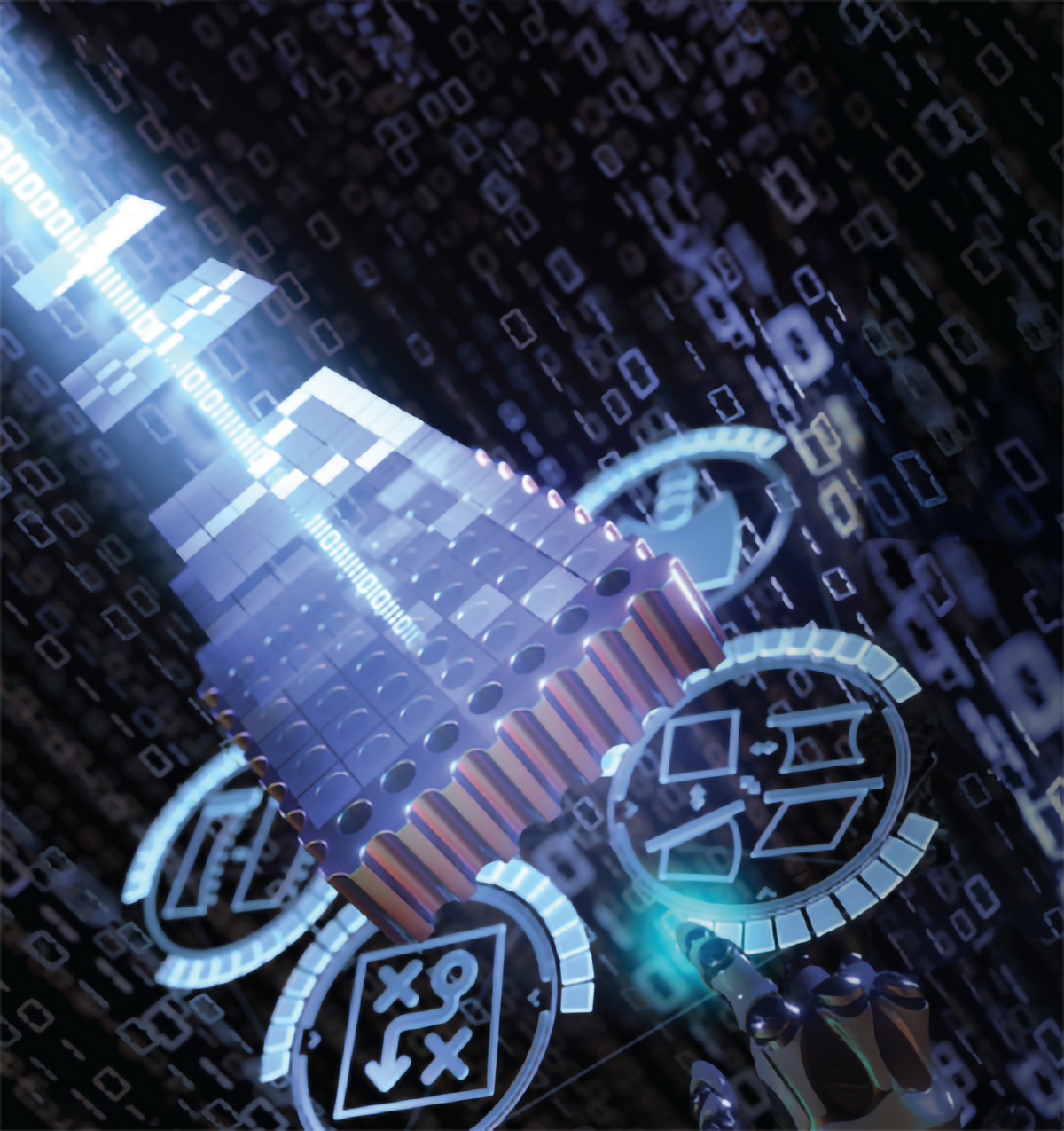It's a "revolution" in soft robotics inspired by octopuses.
A team of researchers has presented an innovative, codable metamaterial that can dynamically adjust its shape and mechanical properties - in real time.
The study unveils a material that significantly surpasses the adaptability of current materials used in soft robotics, which are limited by their ability to be adjusted and reprogrammed.
But now, thanks to graphic stiffness patterns in a simple auxetic structure with elliptical voids, the experts have achieved digital control of the binary stiffness states - softor hard - in individual units, allowing the material to modify its mechanical properties immediately.
The digitally programmable nature of the material allows for remarkable versatility in mechanical functions such as shape changes, memory retention and stress responses.
In practice, applications include adjustable energy absorption and precise pressure delivery, increasing its suitability for use in adaptive robotics and interactive smart machines.
Jun Kyu Choe, leader of the study, highlighted the efficiency and potential of the material: "We can implement features quickly without additional hardware, paving the way for adaptive materials and more sophisticated robotic systems," he analyzed, quoted on the SciTechDaily portal.

One of the key demonstrations involved an adaptive shock-absorbing material that adjusts its properties to cushion unexpected impacts, thus minimizing the potential for damage or injury.
Another application demonstrated was a force transmission material designed to deliver forces selectively based on digital inputs, which could activate specific LED switches and precisely control the flow of force.
The metamaterial is also compatible with cutting-edge technologies such as artificial intelligence and digital devices. It is expected to be integrated into systems that could learn and adapt dynamically to their environment.




